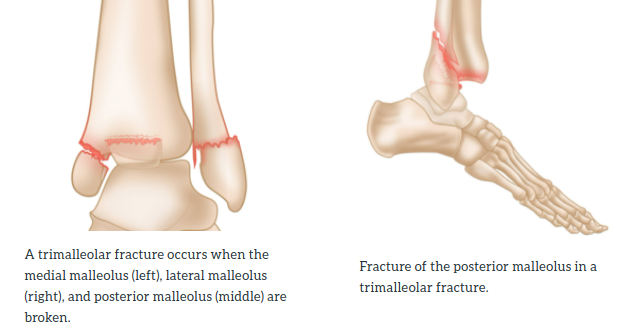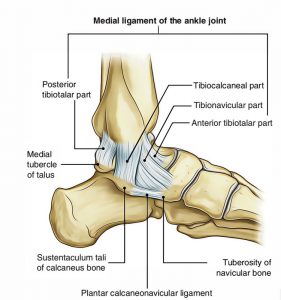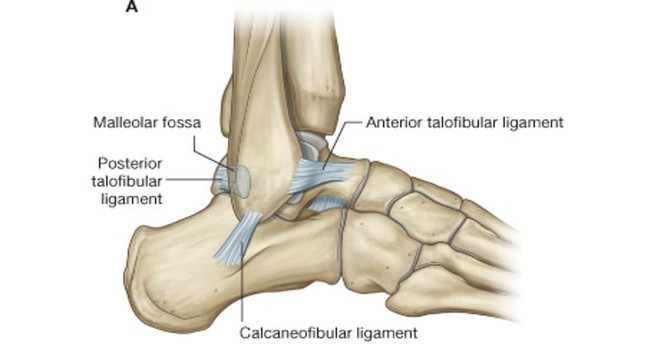What is a Trimalleolar Fracture Injury?
A Trimalleolar fracture happens when you break your ankle in 3 places: medial malleoulus, lateral malleolus and posterior malleolus. This is one of the least common ankle injuries and requires surgery and extensive physical therapy after. This can have long term effects on the quality of your life.
How I use functional neurology to treat this injury?
P-DTR is a way to test the nervous system help the body integrate new information and process old trauma.
When a trimalleolar fracture occurs there is going to be a lot of trauma to the area and the body is going to create compensations for certain muscles to be avoided and others to overwork to avoid this dysfunction. Local nociception (pain stimuli) will also be created to ensure people avoid engaging certain things. And finally ligaments need to be repaired over time and you'll want to avoid stretching them while they heal.
After the surgery and once the hardware (bones, tendons, ligaments, and muscles) have healed then we can start to recallibrate the movement patterns and how the body utilizes these areas.
What I like to focus on is making sure all the muscles are in balance and ligaments are feeling comfortable to engage. Then also working with emotional work to give you the confidence to trust and use the ankle.
Client Treatment Experience:
I had a client who had a Trimalleolar fracture in 2018 where it shattered in 3 pieces. She had a lot of reconstruction and went through lots of physical therapy but there was still an issue with pain, strength and overall emotional confidence.
On our first visit we focused on the muscles around the ankle. The 2nd visit we focused on ligaments in the ankle and general nociception and spinopathways in the area. After these first 2 sessions the ankle itself was feeling great but whenever she had to go down steps, get out of bed, or get off the bus she felt fear and scared to trust it even though it was feeling better. On our third session we focused on emotional connections and spinomesencephalic associated with the ankle and found some great things to work though. After this session she has felt great and now longer has any fear or thoughts regarding the ankle in every day life.
We followed up each session with red and infrared light therapy on the ankles and muscles of the lower leg to make sure they were properly recovering as they adapted.
Schedule Your Bodywork Session Today:
Learn more about P-DTR here:
Learn more about Low Level Lasers here:









Comments